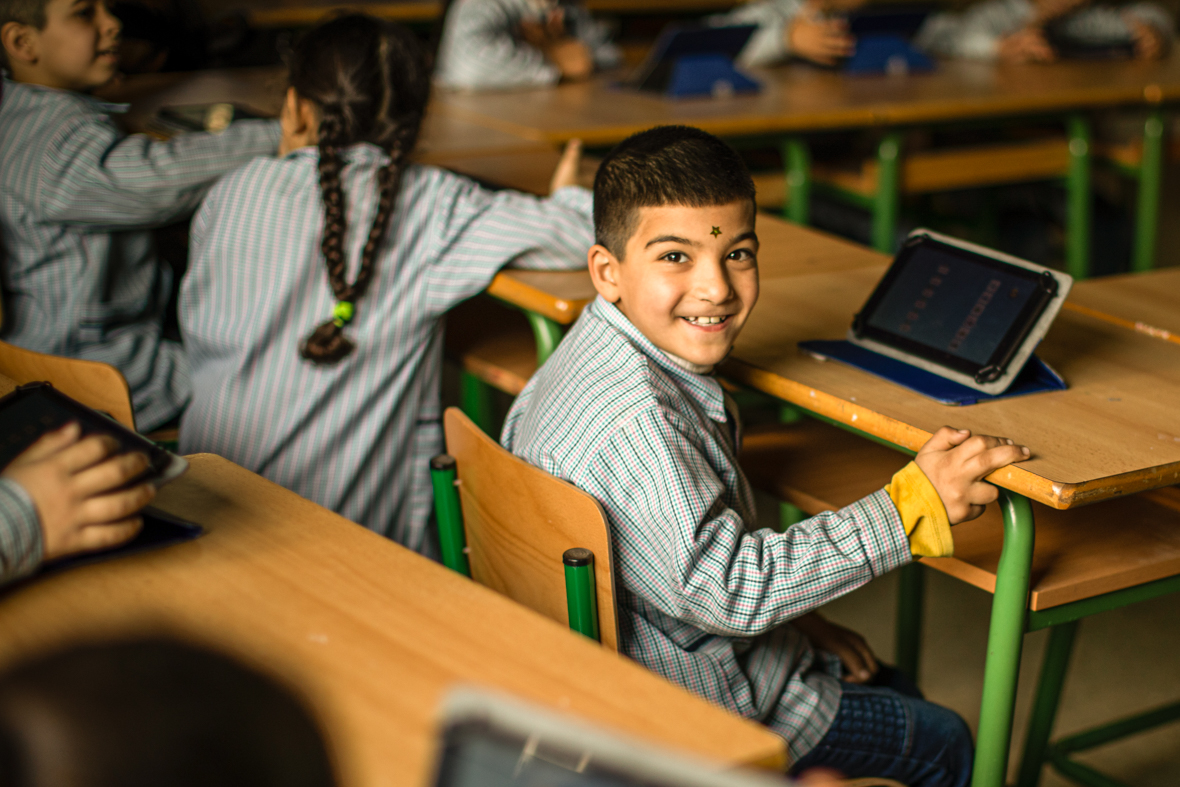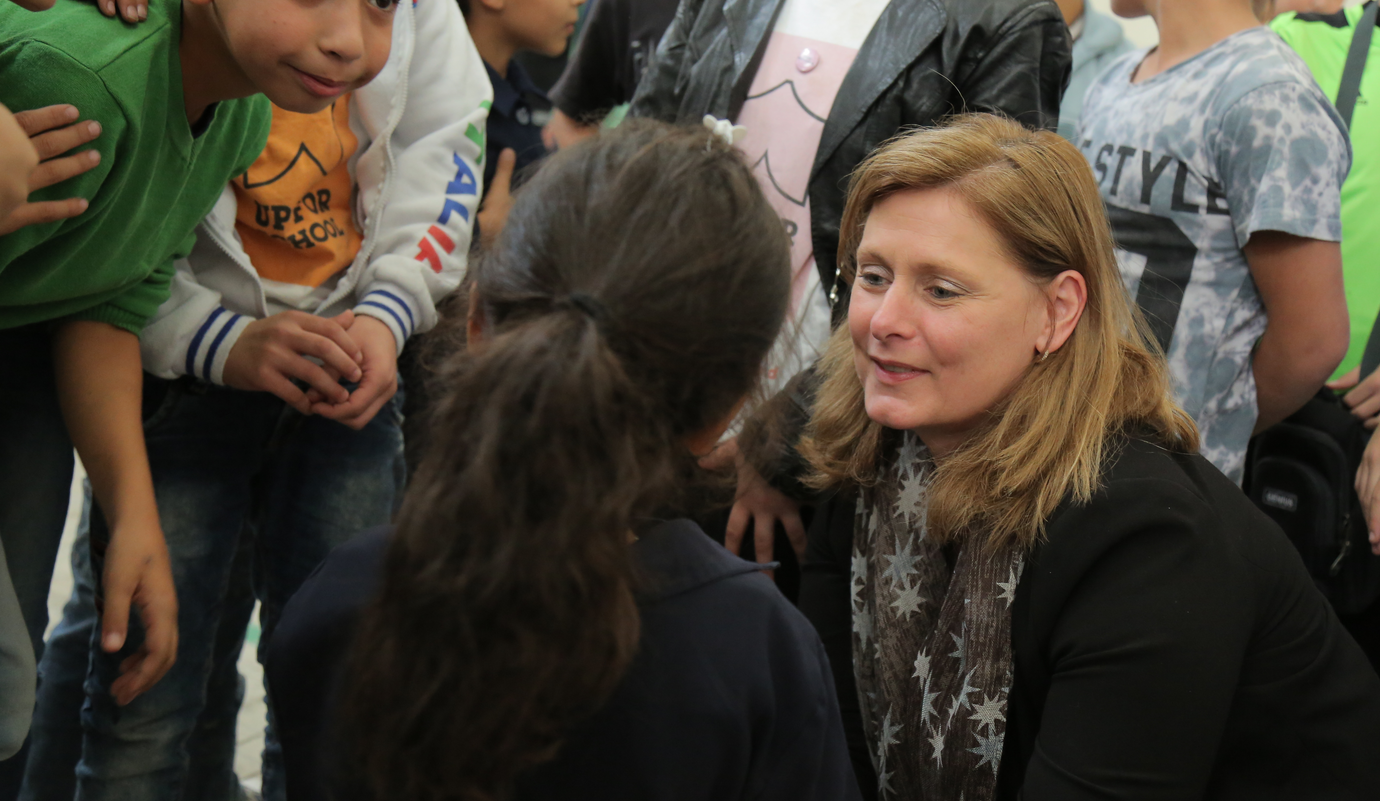
Turning point as aid for education hits record high after years of decline
Education funding, Right to education
An increase in donor backing is being hailed as an important milestone in the global campaign to get every child in school and receiving a quality education.
After years of slipping backwards, aid funding for education is growing – and has hit record levels.
The donor money targeted at getting children around the world into school and learning increased by $1.5 billion – or 13% – in 2016, the United Nations has revealed.
The turnaround came after many years of decline and took total aid to education to $13.4 billion, the highest since records began in 2002.
With 263 million children and youth out of school, there’s still a long way to go before every girl and boy is getting a quality education. But the new figures are being hailed as an important milestone – they show momentum is growing to make the seemingly impossible possible and get every child in school.
“The increase is a positive sign that education is increasingly recognised by donors as a cornerstone of development,” said UNESCO Director-General Audrey Azoulay as she announced the findings in Paris.
But she warned more needs to be done to achieve the Sustainable Development Goal of ensuring inclusive and equitable quality education and lifelong learning opportunities for all.
Azoulay said: “The ambitious SDG4, encompassing all levels of education, cannot be achieved without increased external and domestic funding for education.”
The UNESCO report Aid to education: a return to growth? showed that two-thirds of the increased aid in 2016 was targeted at basic education.
The United States, United Kingdom and the World Bank, the three largest single donors, accounted for almost half of that. But Norway tops the donor table in terms of the share of gross national income it allocates as aid for basic education – spending 12 times more than the US.
UNESCO said fewer than half of young people graduate from secondary school. If all developed countries and some emerging economies followed Norway’s example – giving 0.7% of national income to aid and 10% of that aid to education – there would be enough money to ensure everyone finished secondary school.
This uptick is just the start of an upward spiral in financing Sustainable Development Goal 4, which will continue to grow. Justin van Fleet, Director of the Education Commission
The findings were produced by UNESCO’s Global Education Monitoring (GEM) Report. Director Manos Antoninis said: “Donors need to focus further on basic and secondary education, as well as on the poorest countries, to fill the funding gap that is undermining progress in global education.
“However this will not solve the considerable educational challenges facing lower middle-income countries.”
A third of aid to these countries is in the form of loans – and the cost of credit stops many of them from borrowing to fund education.
That’s where an innovative education funding idea comes in. The International Finance Facility for Education (IFFEd) can unlock an extra $10 billion of spending to help marginalised children get into school in lower middle-income countries.
Theirworld’s Global Youth Ambassadors were at the UN headquarters in New York two weeks ago to deliver messages from 1.5 million people who are backing IFFEd.
UN Secretary-General António Guterres pledged his support and told them: “Investment in education is absolutely crucial. The International Finance Facility is a chance to fill the gap that exists.”
IFFEd will complement other education funding mechanisms, such as the Education Cannot Wait fund for education in emergencies and the Global Partnership for Education, which targets the world’s poorest countries.
Justin van Fleet is Director of the Education Commission that produced the influential Learning Generation report and proposed IFFEd.
Reacting to the UNESCO report, he said: “The education sector has developed a comprehensive investment case which is now resulting in more and better financing. This uptick is just the start of an upward spiral in financing Sustainable Development Goal 4, which will continue to grow.
“The instruments we now have at our disposal can address the needs of different countries, including emergencies and grants for the poorest.
“With the new International Finance Facility for Education on the horizon, we can expect an additional $10 billion injection of finance in the near-term, on top of the current growth.”
More news

